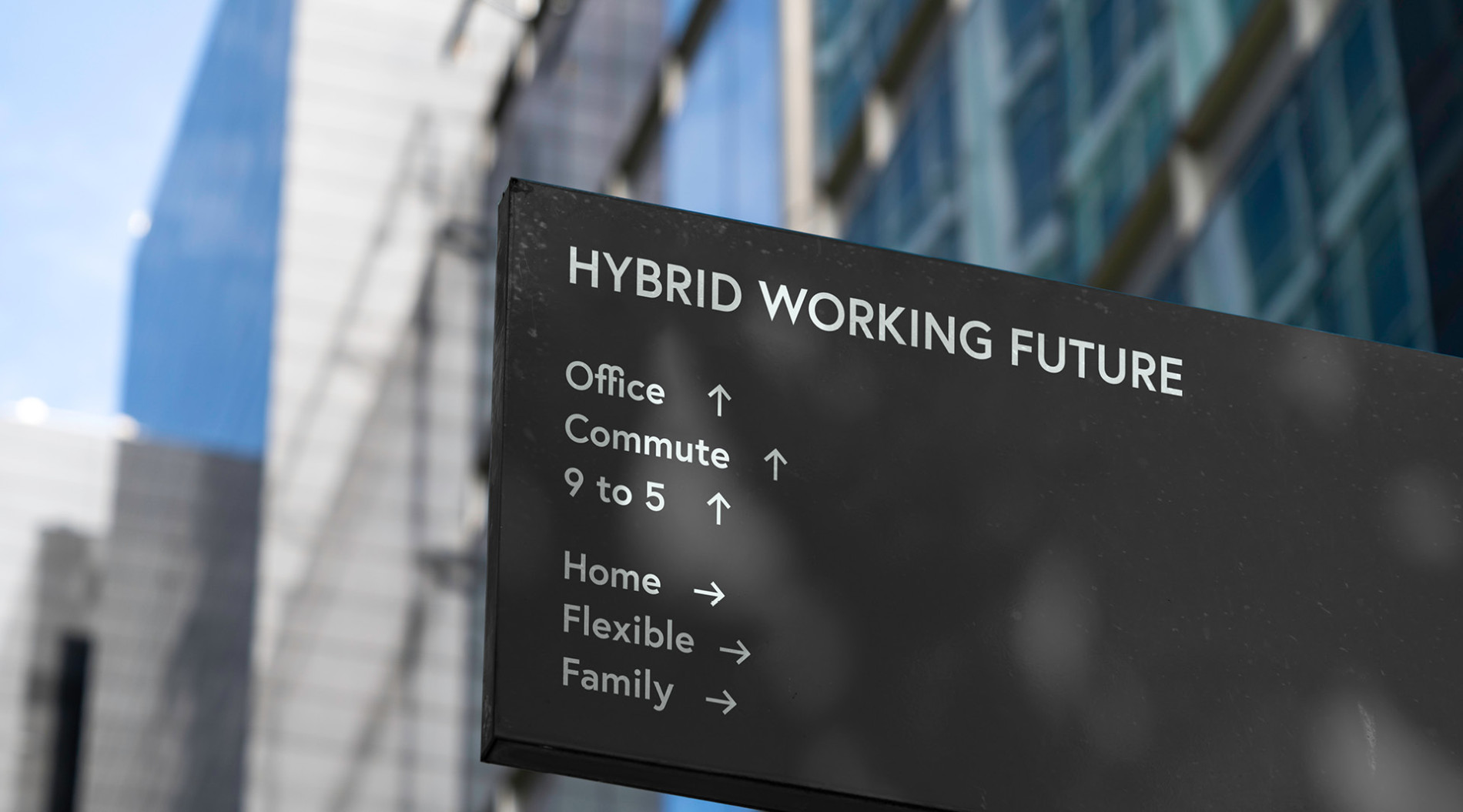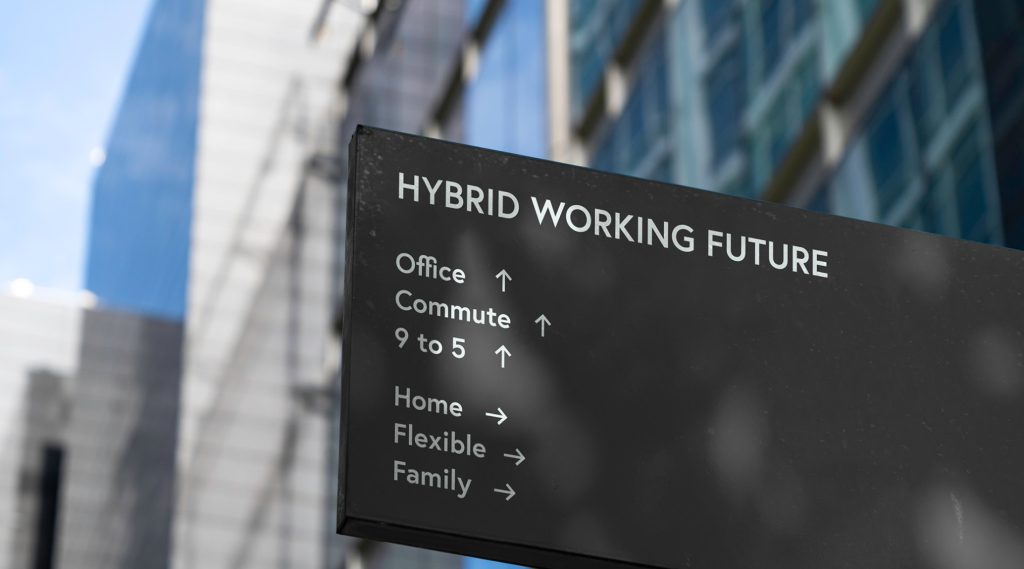Unlocking the Benefits of Diversity: Strategies for Public Sector Recruitment
Many Australian government organisations already have a stated policy on creating a diverse public sector workforce, but words alone are not enough. A definite strategy and actions are required, because a public sector workforce that fails to reflect the community it serves is doomed to fall short in a variety of ways.
It may lack vision and originality, forever following narrow, restricted paths. Its decisions may be flawed, because it fails to recognise diverging views. There may be an absence of confidence from the society it serves, which may perceive it as alienated and unsympathetic. And the workforce itself may be unstable and disengaged, suffering from the effects of a negative culture.
But all of this can be avoided with a truly diverse public sector workforce. It’s more important than ever for public sector organisations to recruit people who vary in their race, ethnicity, gender, age, sexual orientation, education and physical abilities. In fact, not only will the pitfalls mentioned be avoided, substantial positive benefits will immediately ensue.
How diversity in public sector recruitment drives success
Diversity in recruitment fosters creativity
Imagine a team composed of individuals who are all from the same age group, gender, race, sexual orientation, religious views, educational background and bodily capacity. Perhaps they might all be middle-aged, heterosexual caucasian men who had completed their education by Year 12 and all enjoyed playing golf on Saturday and attending a Christian church on Sunday.
This group would be the opposite of diverse. They would grow accustomed to hearing their colleagues express views similar to their own and witness them taking the same approach as themselves to solving any problems that came their way. Although this is an extreme example, it’s all too easy to fall into the trap of always recruiting the same type of people into a team that seems to be working well enough.
But now consider a team consisting of a variety of age groups, gender identities, educational attainments, races, religions and physical capacities. Each of them would bring their own experiences and opinions to bear on their work and open the eyes and minds of their colleagues to different perspectives and concepts. The result would be an increase in creativity and innovation, and a variety of pathways to resolving any obstacles that came their way.
Diversity in recruitment improves decision-making
This same diverse group is more likely to be able to make decisions and formulate policies which are fair, reasonable and workable for the community as a whole. Their varied backgrounds expose them to a wider range of viewpoints on which to base their judgement and they are more able to envisage the consequences of their decisions.
Diversity in recruitment enhances public trust
A diverse workforce can help public sector organisations better understand and serve diverse customers. Clients using public sector services are more likely to trust and have confidence in an organisation whose employees reflect the society they are dealing with.
Diversity in recruitment promotes a positive organisational culture
An inclusive and supportive workplace culture is more likely to eventuate when an assortment of races, ages, gender identities and other distinguishing features are welcomed into the team. Employees feel respected and valued for their contribution to a varied group, rather than uncomfortable because they do not conform to a perceived norm.
How to attract, recruit and retain
Diverse candidates
Merely hoping for or talking about diversity does not guarantee a diversity outcome. You’ll need to find concrete ways to focus on and tap into the society and wavelength of the varied employees you are seeking.
Here’s how to do it.
Create a diversity strategy
Formalise a diversity initiative by documenting it on your department’s or section’s careers web page. Implement a diversity program, including recruitment goals, mentorships for any employees who could feel marginalised by their differences, and the development of internal resource groups and networks to support them.
Address unconscious bias
Hiring managers can be guilty of unconscious bias, working against diversity without even realising what they’re doing. For example, they may unintentionally make hiring decisions based on a person’s appearance, gender or education, or the simple fact that the candidate seems like a person whose company they would enjoy.
You may need to develop a bias awareness program for hiring managers and anyone else involved in the public sector recruitment process.
Overhaul your job postings
Examine the language you use when advertising vacancies, to ensure that it is inclusive and has a wide appeal. This will mean, for example, removing any gender-specific nouns or personal pronouns and any unnecessary ageist references like ‘young’ or ‘mature’, as well as terms with religious implications such as ‘Christian name’. ‘Person with a disability’ is preferable to ‘disabled person’.
Reach out to underrepresented communities
Take a look at your team to work out what’s missing. If it’s lacking diversity in age, gender, ethnicity, physical abilities or any other feature, you can find ways to target those specific groups during your public sector recruitment process via outreach programs or partnerships focussing on appropriate community groups and their events, websites and other publications. Examples might include accessing an employment service specialising in people with a disability or indigenous Australians.
Make sure your organisational culture is welcoming and inclusive
Don’t just talk the talk when it comes to diversity. You need to walk the walk as well. Once you’ve hired your diverse candidates you need to make sure that the culture that greets them is friendly, equitable and unprejudiced. Train your existing staff in these objectives if necessary, and strive to involve the newcomers in both team efforts at work and social events outside work.
Diversity matters at every level
Although the Australian public sector has made some solid achievements on the diversity front, the latest State of the Service report reveals that it still has some way to go. For example:
- Gender. Women significantly outnumber men in total and at all of the more junior levels except new graduates, but at the highest levels (Senior Executive Service Bands 2 and 3) men occupy 53% of posts compared with women at 46.9%.
- Age. A majority of employees are in the age range 35-54, with only 19.5% aged 55 or over and only 5.1% aged under 25.
- Disability. 4.7% of employees reported having a disability, compared with an estimate of 17.7% in the total Australian population, but this figure may be distorted by employees not informing their public sector employer of their disability.
Increasing its efforts towards diversity will ensure that the public sector will harness the benefits of improvements in creativity and problem-solving, decision-making, public trust and workplace culture. A positive and welcoming culture needs to be a part of a public sector recruitment and retention strategy that targets a wide variety of employees, together with the removal of unconscious bias, attention to the language used in job advertisements, and specific programs to target underrepresented sections of Australian society.
Adecco understands that talent and potential comes from every sector of the community, regardless of gender, race, age or physical ability. Our public sector recruitment experts can help you to create a workforce that reflects a truly diverse range of thought, skills and perspectives. Contact us to find out how.












